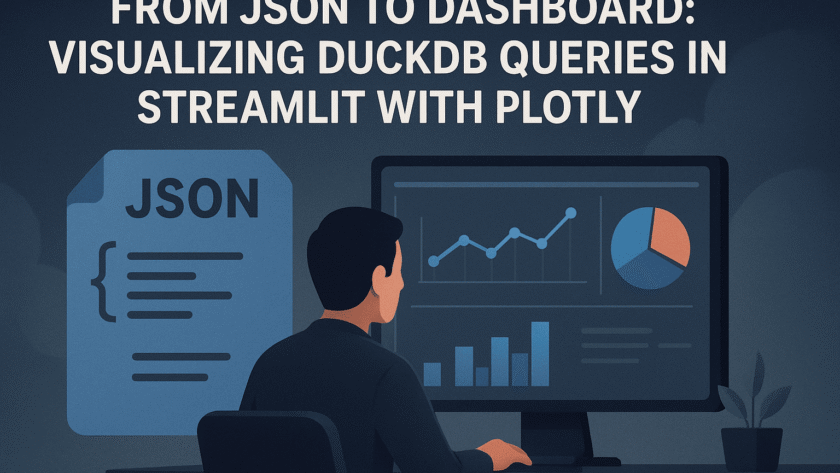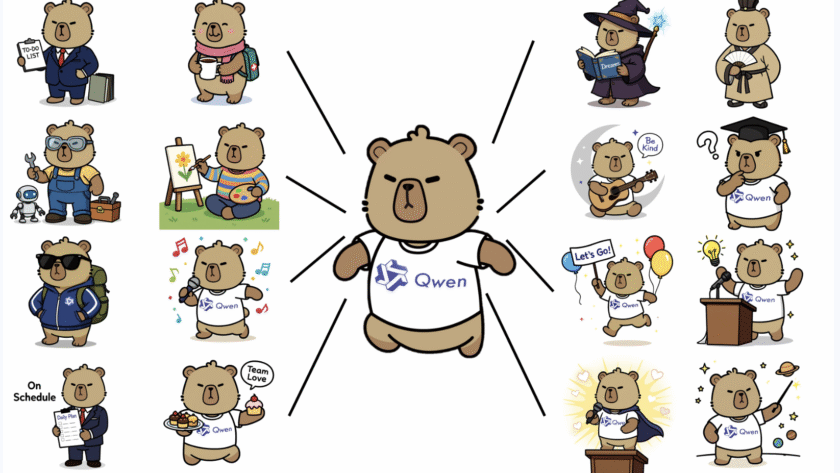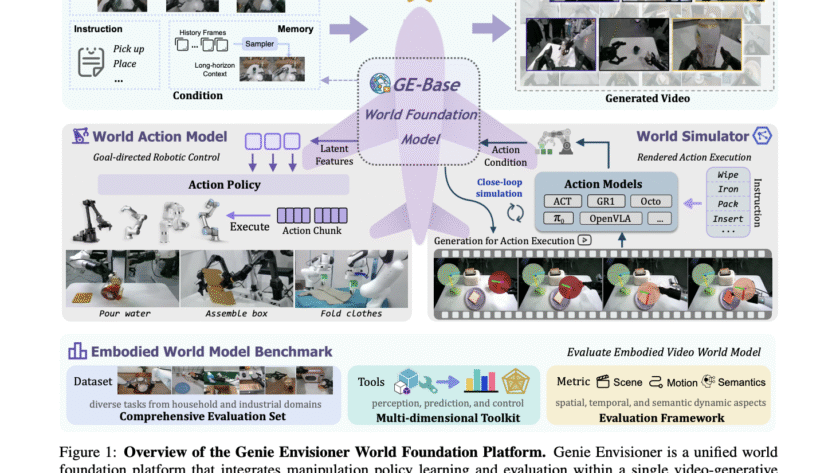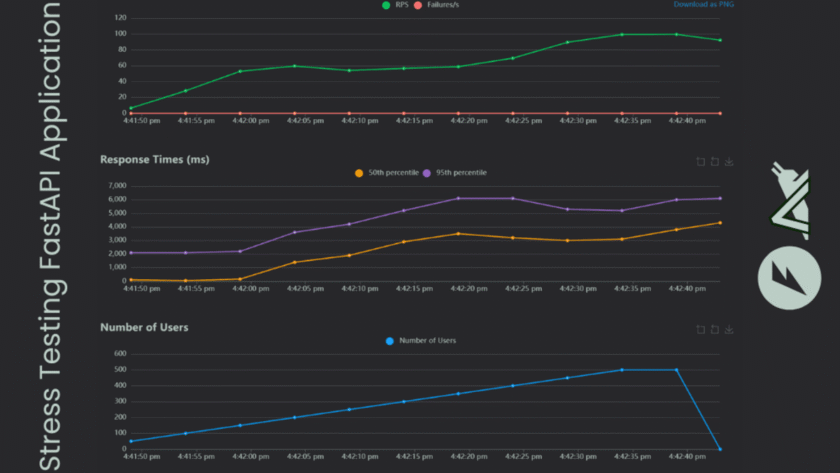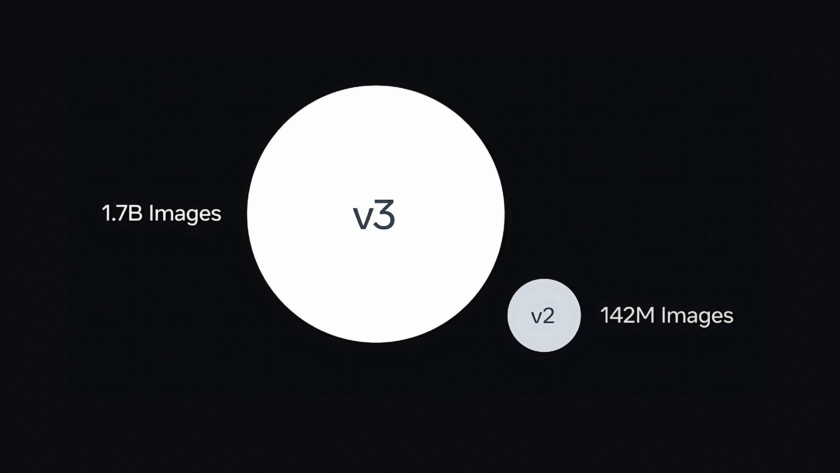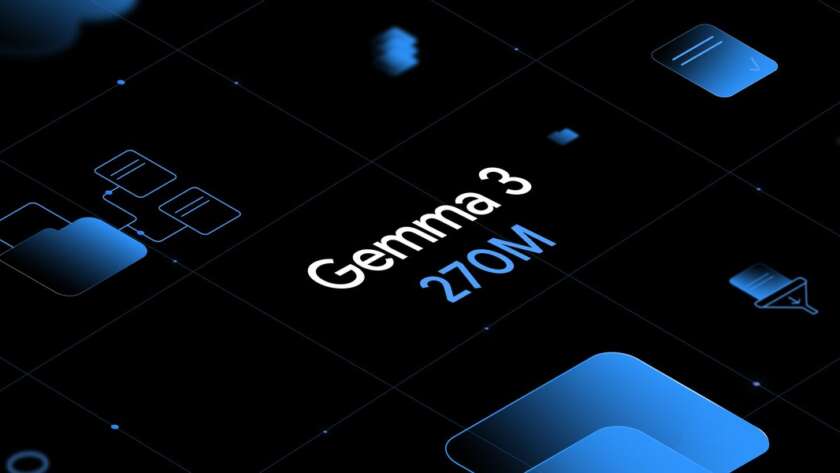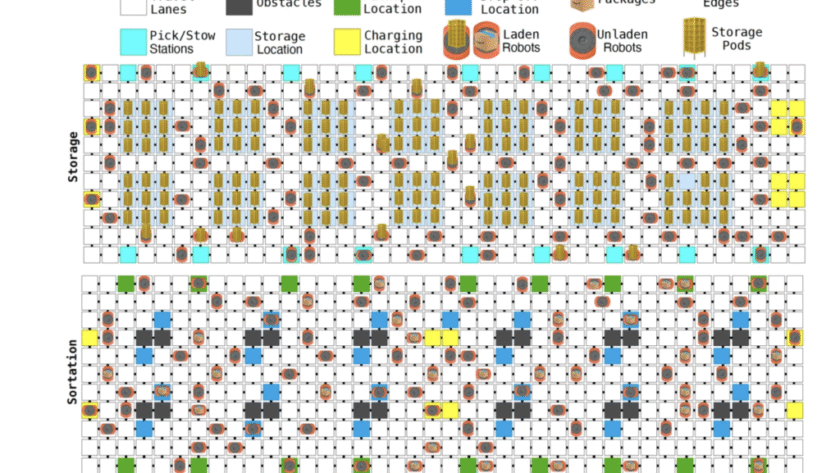Image by Editor | ChatGPT
# Introduction
Data is a company's most significant resource, and insights from data could make the difference between profit and failure. However, raw data is hard to understand, so we visualize it in dashboards so non-technical people can better navigate it.
Building a dashboard is not straightforward, especially…
